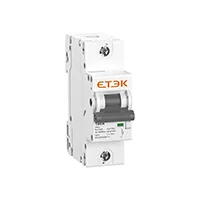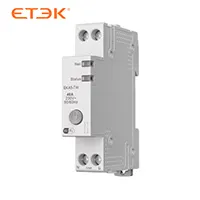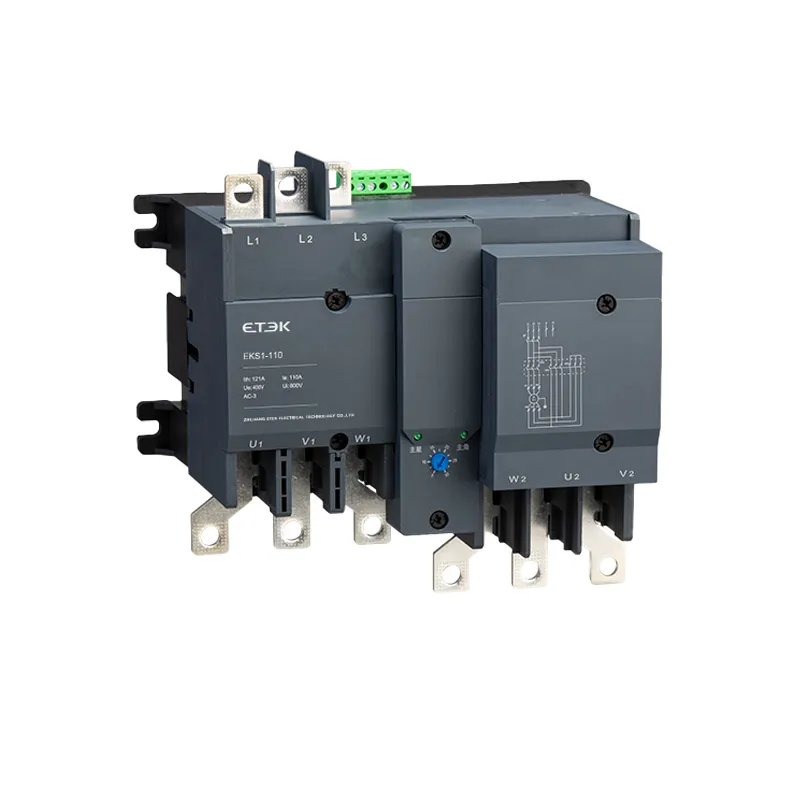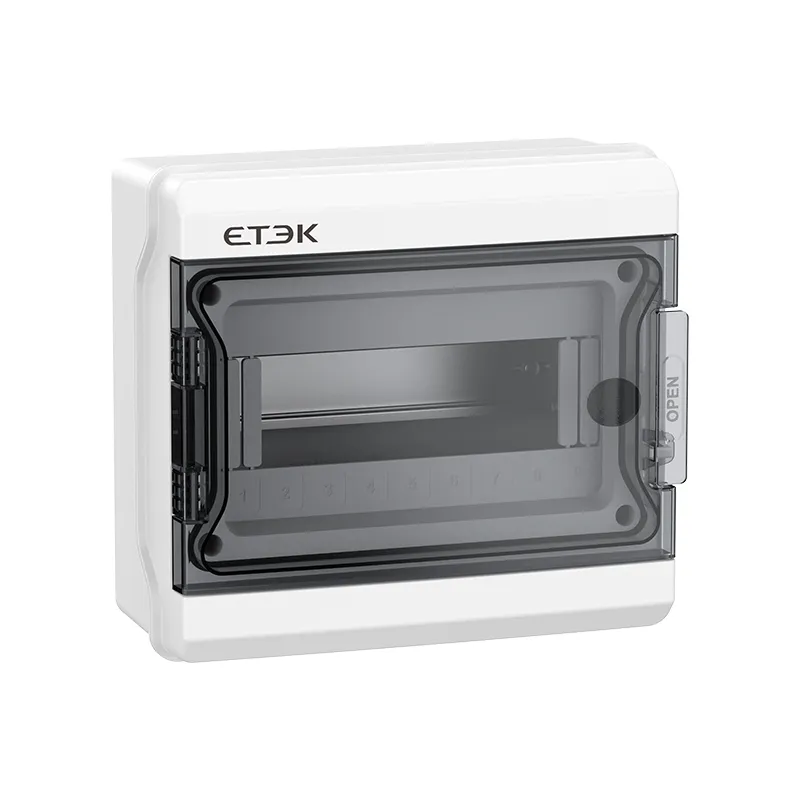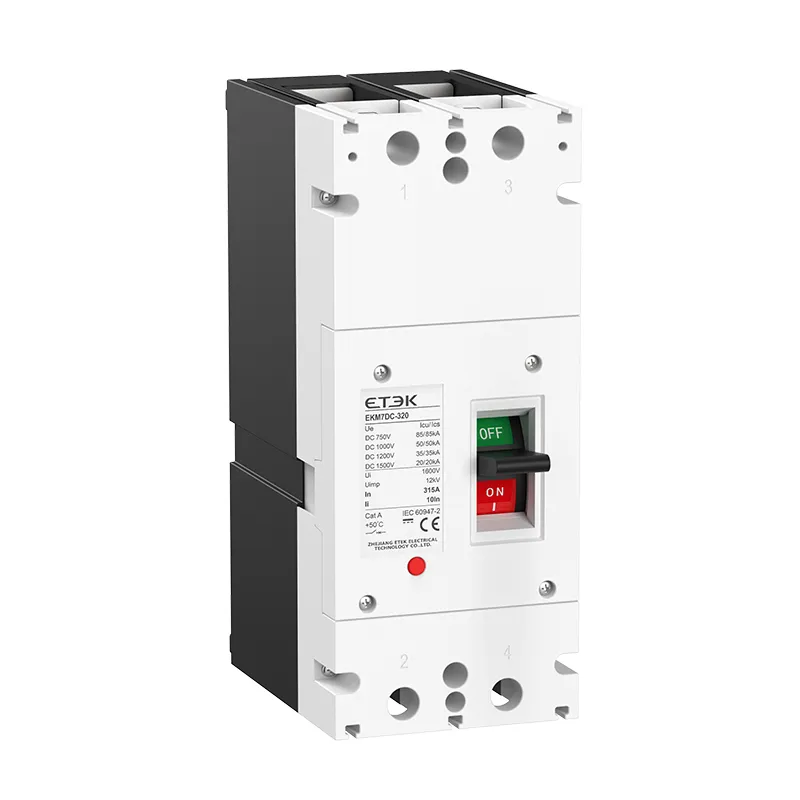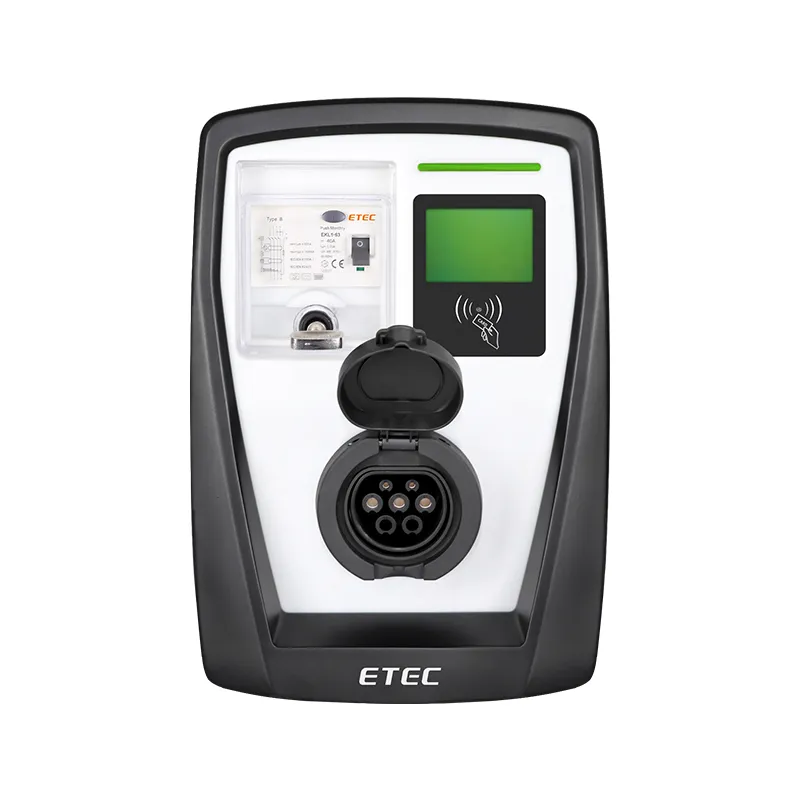Comprehensive Installation Guide for MCBs in Your Home
Miniature circuit breakers (MCBs) play a key role as an essential component in preventing electrical faults such as short circuits and overloads. This article will detail how to carefully select, install, and use Miniature Circuit Breaker (MCBs) to ensure electrical safety in your home.
Before installing an MCB, always take the following safety measures:
*Turn off the main power: Make sure the circuit is de-energized.
*Use a voltage tester: Confirm that the circuit is indeed de-energized.
*Wear safety gear: This includes insulating gloves and safety glasses to protect yourself from electric shock and other potential hazards.
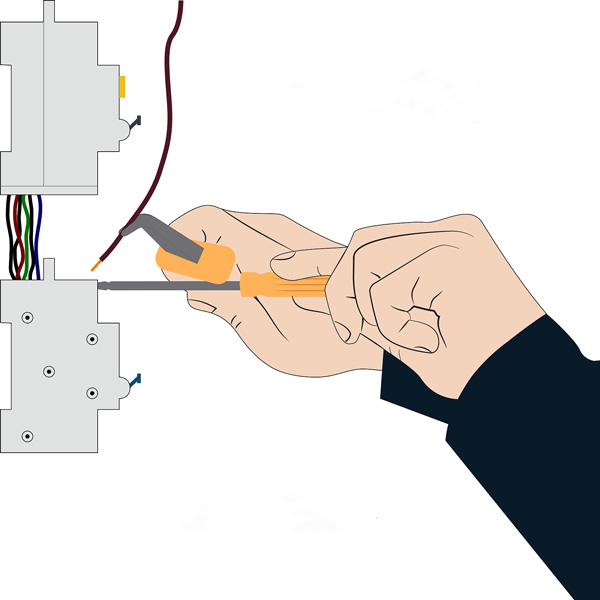
Step 1 - Choose the right MCB
MCBs come in many types, each suitable for different circuit loads and providing different levels of protection. It is crucial to choose an MCB that matches the circuit load. First, choose the right model based on the load current of your home. For example, if your circuit load is in the 20A range, you should choose an MCB rated for 20A to ensure that it matches the circuit load requirements. You can also consult ETEK Electric for professional advice to help you make the right choice.
Step 2 - Prepare the Distribution Board (DB)
Before opening the distribution board where you want to install the MCB, always turn off the main power. Switchboards usually house multiple circuit breakers or fuses, make sure you choose an appropriate location to install the new MCB. If you are short on space, you may need to reorganize or upgrade your switchboard.
Step 3 - Connect the MCB
* Remove the switchboard panel cover.
* Insert the MCB into the intended location.
* Prepare the hot wires (usually red or brown) and the neutral wires (usually blue or black) using wire strippers.
* Connect the hot wires to the corresponding terminals on the MCB and the neutral wire to the neutral bar on the switchboard. Make sure all connections are secure.
Step 4 - Once all connections are made, perform the following tests:
*Install the switchboard panel cover back and turn on the main power.
*Test the functionality of the MCB: Gently turn on the MCB switch to check that the circuit is working properly.
*Perform a final safety check using a voltage tester to ensure that the MCB is providing protection as expected.
Step 5 - Label and record
Finally, label the newly installed MCB on the switchboard for future identification. It is also important to update any circuit diagrams and records.
Precautions for use
Regular inspection: Check and maintain the MCB regularly to ensure its normal operation.
Avoid overloading: Do not exceed the rated current load of the MCB to avoid frequent tripping.
Although this article provides detailed steps for installing the MCB, please be careful as electrical work can be dangerous. For a safer installation, consider hiring a professional electrician. Always put safety first to ensure the safety and effectiveness of electrical work.



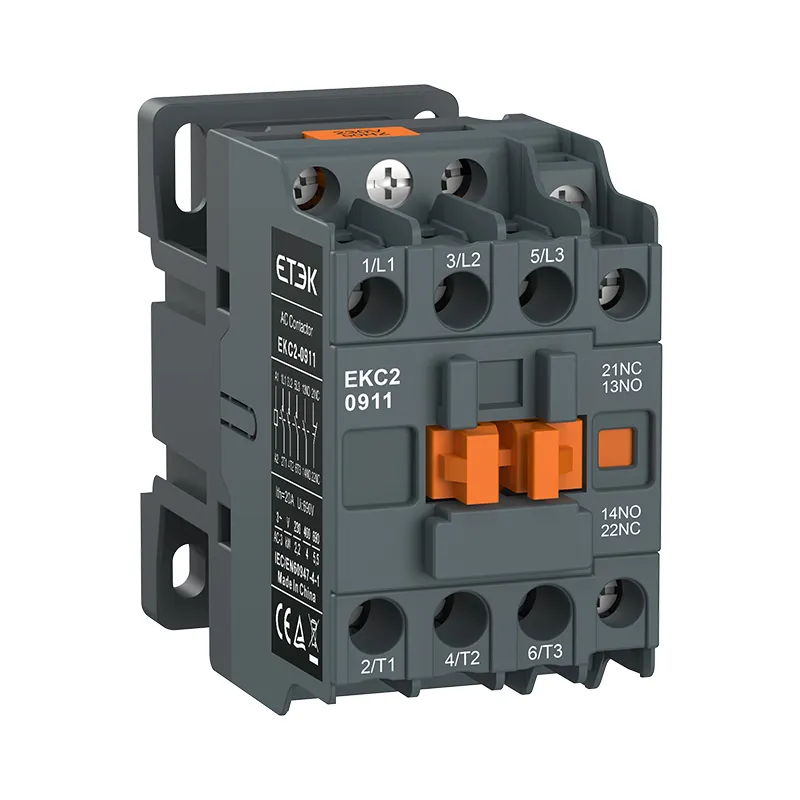
.webp)

